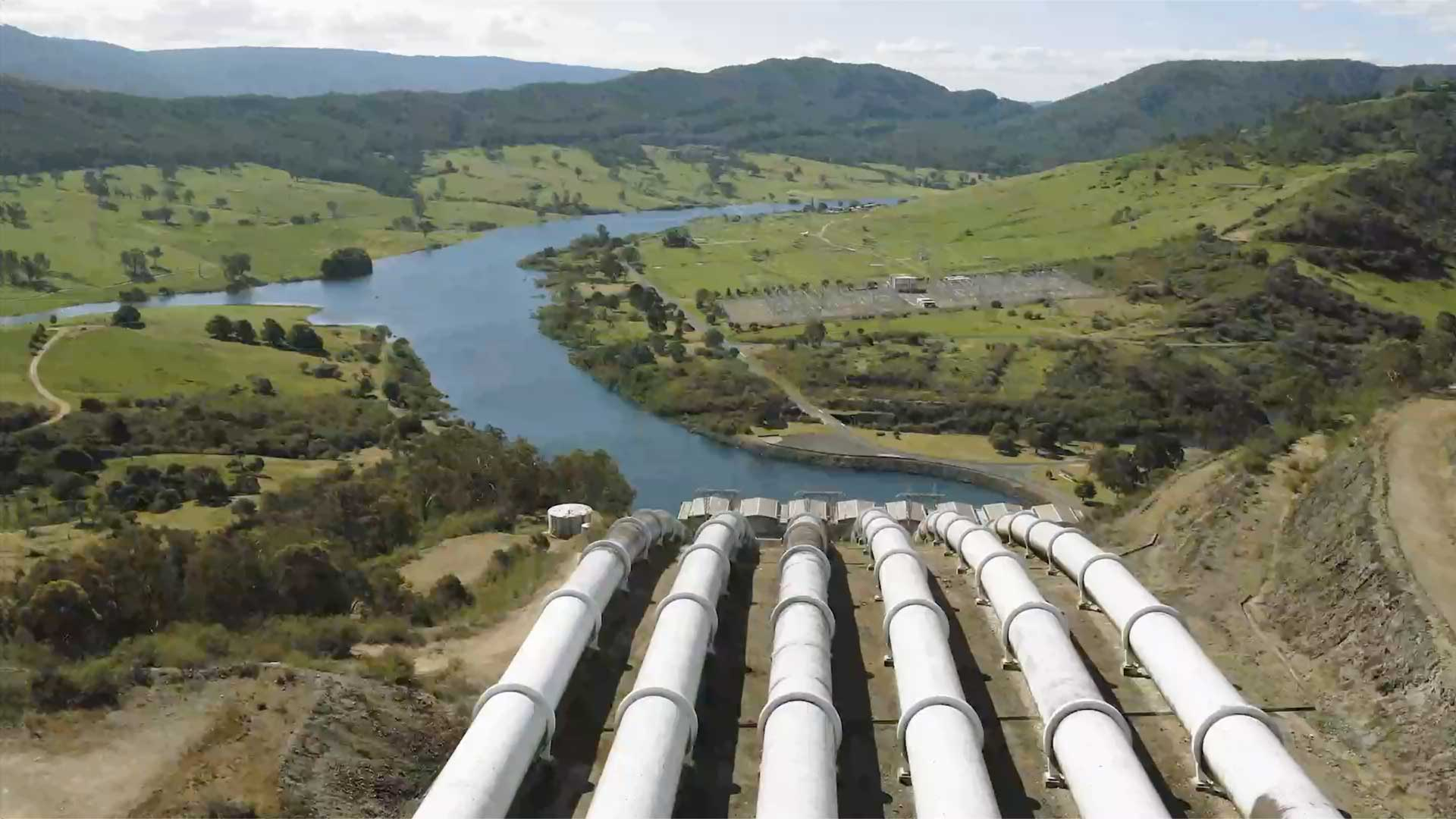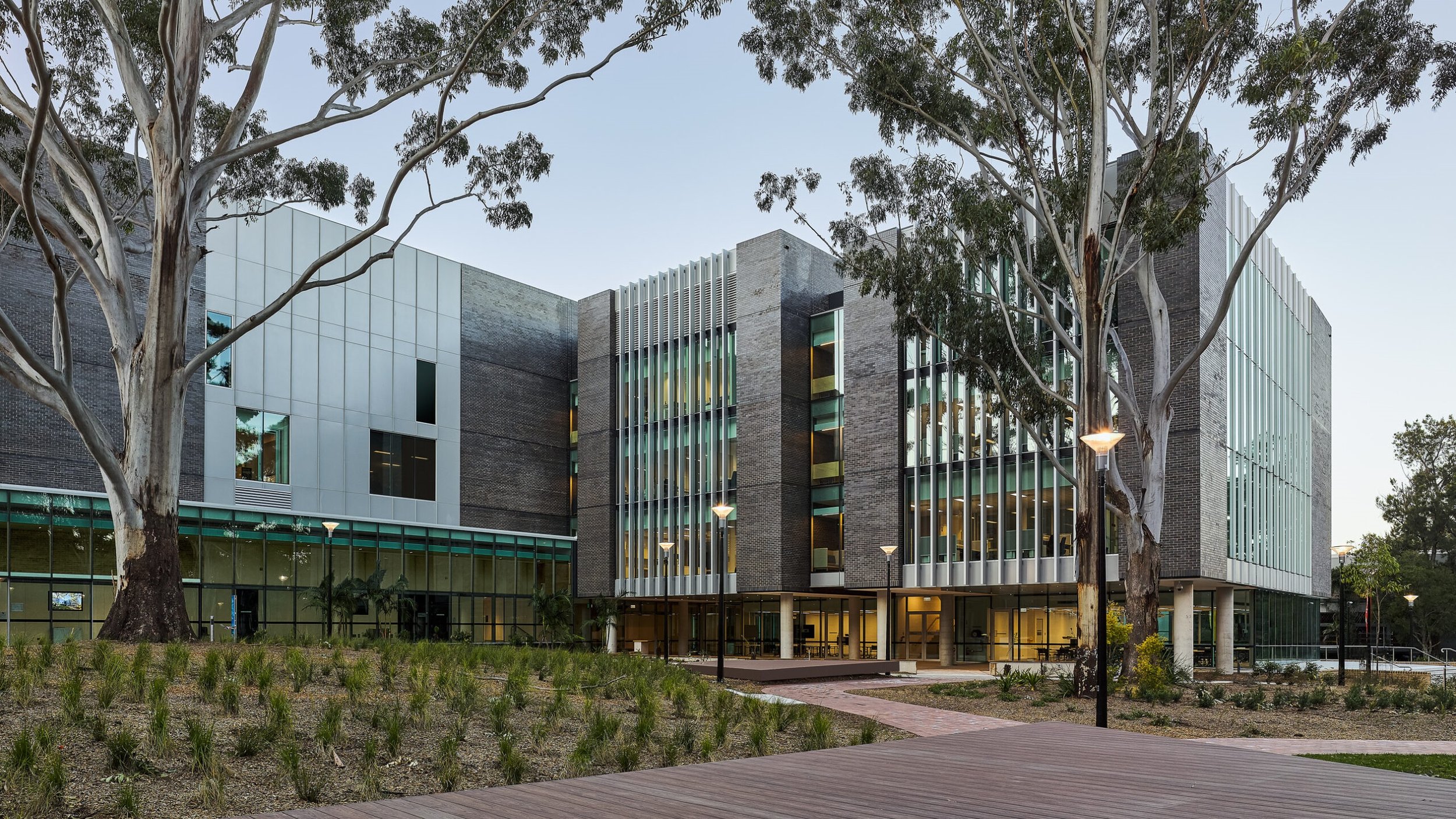Optimising Car Park Ventilation Design
Effective car park ventilation design is essential for ensuring the safety and comfort of users. To meet the stringent requirements set by the Australian Standards, engineers employ advanced techniques such as Computational Fluid Dynamics (CFD) modelling. CFD modelling enables the optimisation of car park ventilation systems, ensuring compliance with AS1668Australian Standards while prioritising the well-being of drivers and pedestrians. At Desanco, we are renowned for our expertise in car park ventilation design, having implemented CFD solutions for numerous clients Australia-wide.
Understanding Car Park Ventilation Requirements
Car park ventilation requirements in Australia encompass various factors, including exhaust rates, air quality standards, and adherence to carbon monoxide (CO) exposure limits. Designers must consider these requirements to create a safe and healthy environment within car parks. By utilising CFD modelling, engineers can evaluate and fine-tune ventilation systems to meet these specific requirements.
Utilising CFD Modelling for Car Park Ventilation Systems
CFD modelling serves as a powerful tool for analysing and optimising car park ventilation systems. By simulating airflow patterns and studying the effects of different design configurations, engineers can identify areas that require improvement. Through CFD modelling, the performance of ventilation systems can be assessed, enabling designers to refine their designs to meet both functional and safety requirements.
Enhancing Car Park Ventilation Design through CFD Modelling
CFD modelling provides valuable insights into the airflow, temperature distribution, and pollutant dispersion within car parks. By utilising this data, designers can optimise the ventilation system design. They can analyse factors such as air velocity, pollutant concentration, and the placement of ventilation equipment. Through iterative CFD simulations, engineers can refine the design to achieve optimal performance and meet the ventilation requirements set by Australian standards.
Meeting Australian Safety and Health Standards
When applying CFD modelling for car park ventilation systems, engineers can ensure that car park ventilation systems effectively dilute pollutants and maintain acceptable air quality. This is especially critical in enclosed spaces with high vehicle emissions. CFD modelling allows for accurate assessment of pollutant levels and the impact of ventilation configurations. By meeting safety and health standards, car park ventilation systems can safeguard the well-being of both drivers and pedestrians.
By utilising CFD modelling, engineers can optimise car park ventilation design to meet Australian standards and provide a safe environment for users. Through detailed simulations, designers can analyse airflow patterns, assess pollutant dispersion, and refine ventilation system configurations.
-
CFD modelling plays a crucial role in car park ventilation design. It allows engineers to simulate and analyse airflow patterns, temperature distribution, and pollutant dispersion within the car park environment. By utilising CFD modelling, designers can optimise ventilation system configurations and assess their effectiveness in meeting ventilation requirements.
-
CFD modelling enables engineers to assess and ensure compliance with AS1668 for car park ventilation. By incorporating CFD simulations in the design process, designers can evaluate exhaust rates, air quality parameters, and CO concentration levels. This helps in refining the ventilation system design to meet the specific requirements outlined in AS1668.
-
Effective car park ventilation design is essential for maintaining good air quality and minimising the exposure of car park users to pollutants. Proper ventilation helps prevent the build-up of harmful gases, such as CO and NOx, and ensures a safe and comfortable environment for drivers and pedestrians within the car park.



